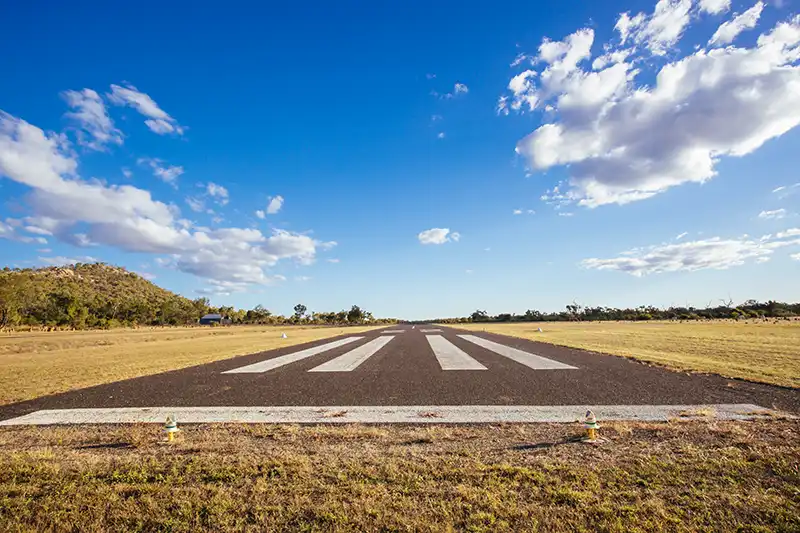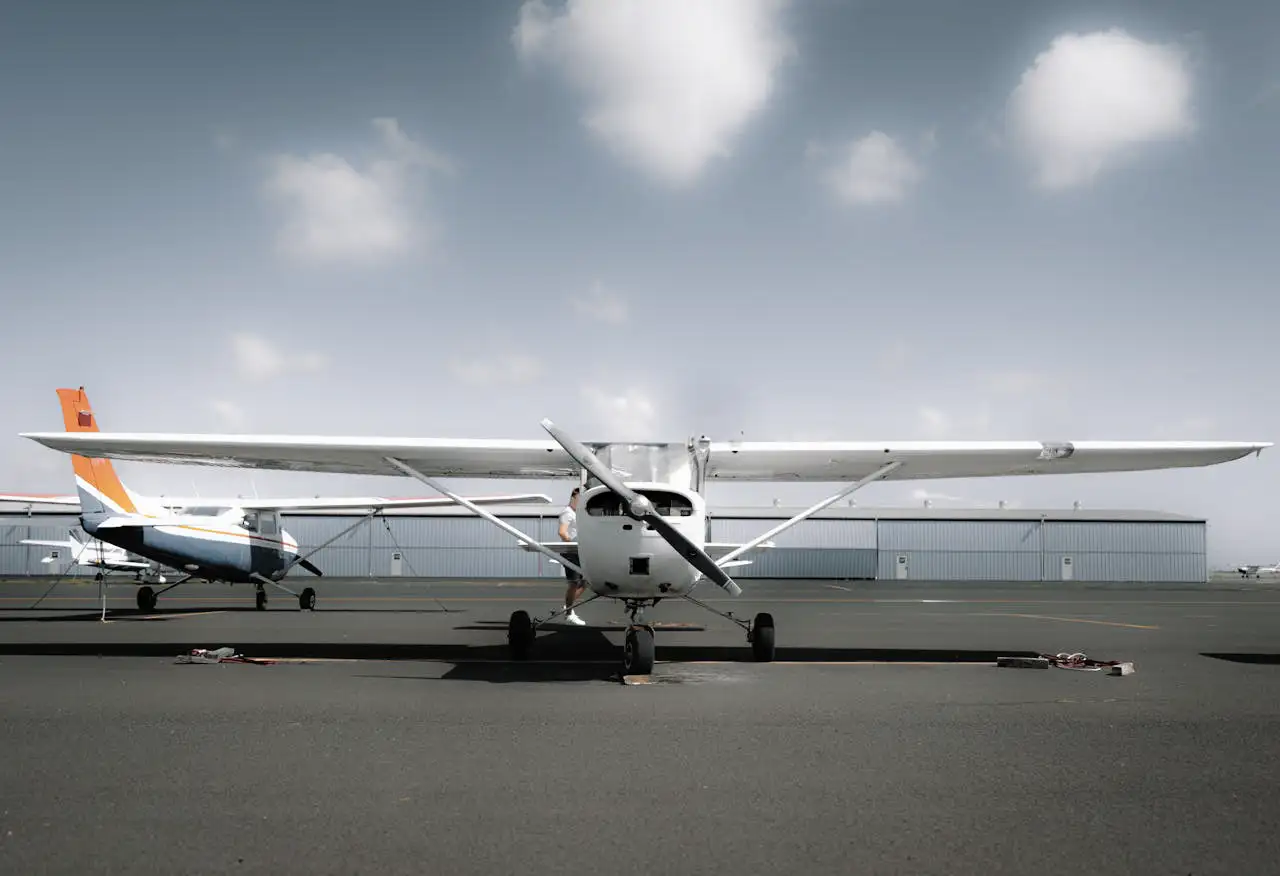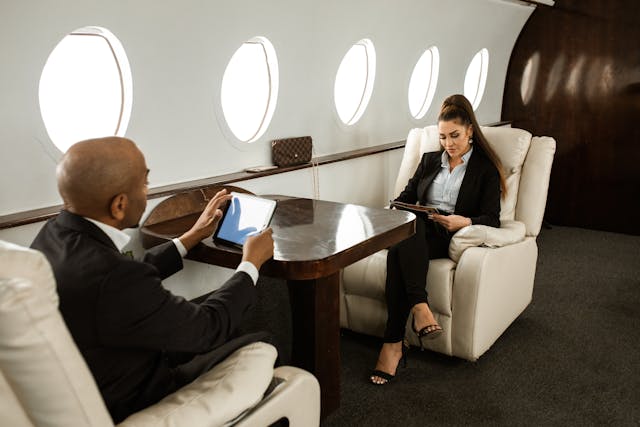When we think of private jets today, we imagine sleek, luxurious aircraft transporting high-profile individuals and business leaders across the world in comfort and style. But private aviation wasn’t always this way. The journey from the early days of personal flying to the sophisticated private jets we know today is filled with fascinating developments, innovations, and milestones. Let’s take a look back at the evolution of private aviation and how it became the multi-billion dollar industry it is today.
The Early Days of Private Aviation (1910s–1940s)
Private aviation dates back to the early 20th century, almost as soon as powered flight itself took off. The Wright brothers’ historic flight in 1903 set off an era of experimentation and ambition in aviation. The 1910s saw wealthy enthusiasts purchasing small, single-engine planes, more for sport and adventure than for actual transportation. These aircraft were basic and primarily open-cockpit, exposing pilots and passengers to the elements.
By the 1930s and 1940s, aviation technology had improved significantly. Small, enclosed aircraft such as the Beechcraft Model 17 Staggerwing, often referred to as one of the earliest private planes, became popular with affluent individuals and business executives who needed faster, more direct travel options. World War II’s technological advancements also fueled the private aviation industry, as companies began using repurposed military aircraft for personal and business flights after the war.
The Golden Age of Private Jets (1950s–1970s)
The 1950s and 1960s marked the dawn of the “Golden Age” of private jets. During this era, several iconic aircraft were developed, including the Learjet 23. Created by American inventor Bill Lear, the Learjet 23 was introduced in 1963 and quickly gained popularity for its speed and performance. With a cruising speed of nearly 560 mph, it offered executives and celebrities a faster, more efficient way to travel compared to commercial flights.
This period also saw the rise of larger aircraft being modified for private use. Boeing, for example, introduced versions of its commercial jets for corporate clients, catering to the demand for private air travel among large companies. Flying on a private jet became a status symbol during this time, embodying the glamour and sophistication of the 1960s and 70s jet-set lifestyle.
Technological Advancement and Global Expansion (1980s–1990s)
By the 1980s, private aviation had become a full-fledged industry. This decade saw significant technological advancements, including improvements in jet engine efficiency, avionics, and safety features. Aircraft manufacturers like Gulfstream and Bombardier began to dominate the market, each brand developing jets that were larger, faster, and more luxurious. Gulfstream’s GII and GIII models, for instance, offered unprecedented cabin space and intercontinental range, allowing passengers to travel nonstop across oceans.
With the rise of global business, the demand for private jets extended beyond North America, as executives and wealthy individuals in Europe, the Middle East, and Asia embraced the convenience of private aviation. This expansion drove innovation and pushed manufacturers to develop jets with even longer ranges and more personalized interiors.
The Rise of Fractional Ownership and Private Jet Charter (2000s–Present)
The 2000s ushered in a new era of accessibility in private aviation. Companies like NetJets pioneered the concept of fractional jet ownership, allowing individuals to own shares in a private jet instead of purchasing an entire aircraft. This model drastically lowered the financial barrier to entry, making private aviation accessible to a broader group of travelers, from business executives to families.
Private jet charter companies also grew rapidly, allowing clients to book flights on a pay-per-flight basis. This flexibility attracted more people to private aviation, sparking a new level of interest and contributing to the industry’s growth.
Private Aviation Today: A Blend of Luxury, Innovation, and Accessibility
Today, private aviation is more accessible, luxurious, and technologically advanced than ever before. Modern private jets boast impressive amenities like Wi-Fi, gourmet kitchens, entertainment systems, and even master bedrooms. Some aircraft, like the Bombardier Global 7500 and Gulfstream G650, have a range of nearly 8,000 nautical miles, enabling nonstop flights between cities like New York and Hong Kong.
In addition to unparalleled comfort, private aviation is also adopting more sustainable practices, such as using biofuels and investing in carbon offset programs, responding to the growing concern about aviation’s environmental impact.
The Future of Private Aviation: What’s Next?
The future of private aviation looks promising and exciting. Companies are experimenting with electric and hybrid aircraft, which could significantly reduce the environmental impact of flying. Additionally, advancements in supersonic travel could bring back faster-than-sound passenger jets, potentially reducing transcontinental flight times to just a few hours.
As private aviation continues to evolve, it will likely become even more personalized, efficient, and innovative. The industry’s commitment to technology and luxury promises a future where private flights become an even more integral part of global travel for both business and leisure.
Conclusion
The evolution of private aviation is a testament to human ingenuity and the desire for speed, comfort, and convenience. From the early single-engine planes to today’s high-tech jets, each era of private aviation has brought exciting advancements that shape the industry we see today. As we look forward, private aviation is set to become more innovative, sustainable, and accessible, paving the way for a future where air travel feels as effortless as it is thrilling.






